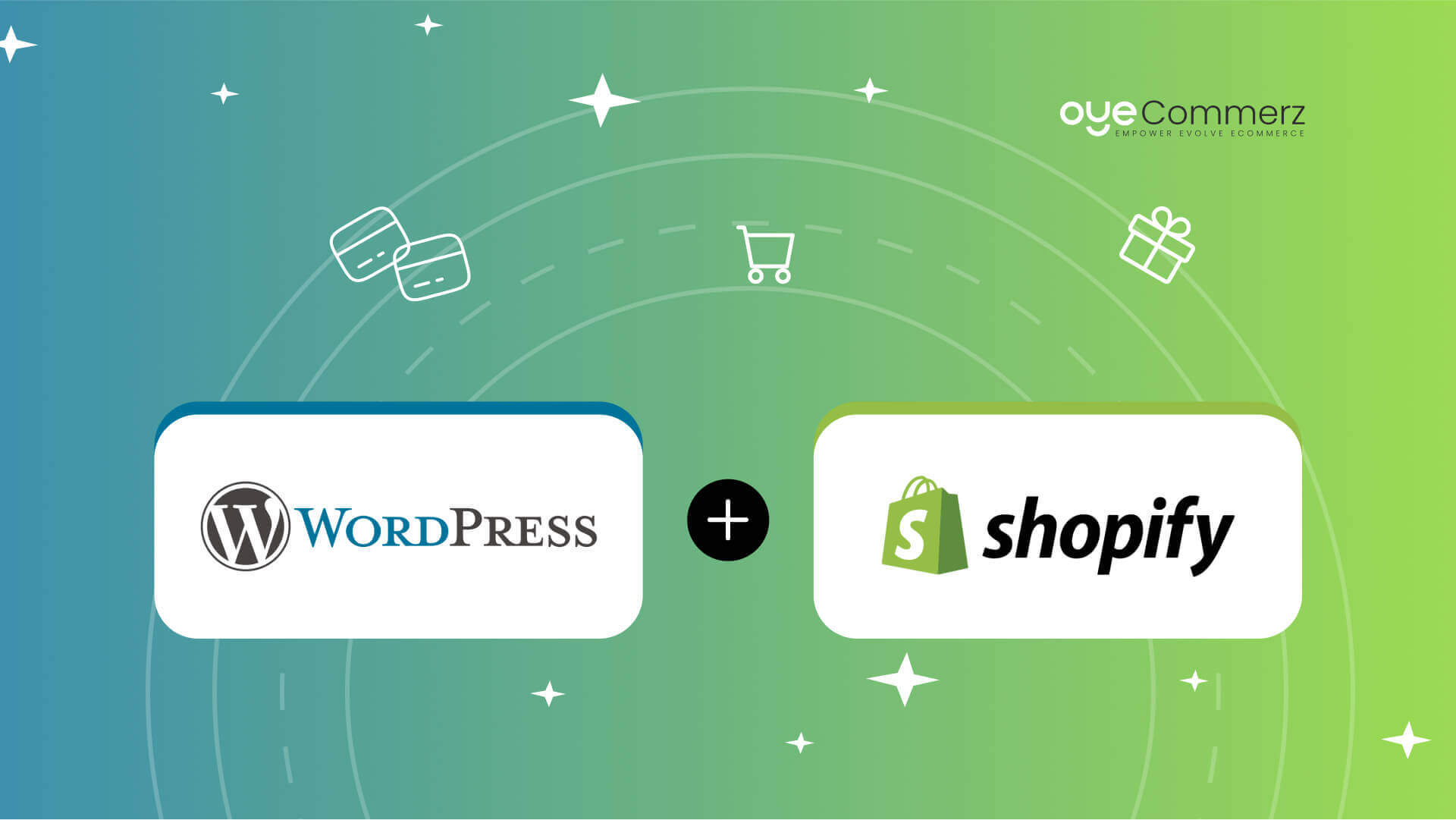Transitioning from WP to Shopify is an exciting step in optimizing your online store processes. As businesses expand, choosing a solution that aligns with scalability, UX, and flexibility is essential. Shopify is widely recognized as a preferred choice for online merchants, providing superior adaptability, security, and ease of use. In this guide, we’ll explore the transformative impact of this migration, highlight the advantages, and share practical tips to facilitate a seamless transition.
1. Top Reasons to Transition from WP to Shopify
The combination of WordPress and WooCommerce, continues to support countless e-commerce platforms. Nevertheless, as businesses expand, issues like plugin dependency, data risks, and technical complexities often obstruct growth. Shopify, specifically created for e-commerce, eliminates these concerns with an comprehensive, intuitive solution. Statistics back this shift—Shopify hosts over 4.4 million websites globally, with a documented 10% increase in sales conversion rates for many businesses after migration.
2. Key Benefits of Shopify for E-commerce Success
Shopify’s powerful platform caters for scaling businesses. Its notable features are:
- Seamless Customization: Shopify provides over 80 professionally designed themes.
- Integrated Tools: Capabilities such as Shopify Payments and built-in SEO save time and effort.
- International Expansion: Multi-currency support and localization features enable businesses to reach global markets.
Additionally, Shopify delivers an uptime rate of 99.98%, ensuring your store remains accessible.
3. Preparing for WP to Shopify Migration
Prior to starting the migration process, evaluate your existing setup. Analyze product data, client information, and search engine rankings. Resources such as Shopify’s Migration Kit or external tools can simplify this process. Create a comprehensive plan, ensuring all assets—item details, media files, and blog content—are ready for seamless import.
4. The Importance of Accurate Data Migration
Transferring your data is a cornerstone of a smooth transition. When moving from WordPress to Shopify, prioritize:
- Product Information: SKU, descriptions, and groupings.
- Client Information: Emails, order history, and preferences.
- SEO Optimization: Retain meta tags, URLs, and redirects to avoid SEO losses.
Use tools such as LitExtension to streamline data transfer while minimizing errors.
5. Customizing Your Shopify Store
Post-migration, customizing your Shopify store ensures it aligns with your business identity. Take advantage of Shopify’s drag-and-drop editor to create layouts with ease. Shopify's themes are optimized for all devices, ensuring a smooth UX across devices—a key point, since 74% of e-commerce traffic comes from mobile users.
6. Maintaining SEO During Migration
Search engine optimization is crucial for maintaining your online presence during migration. Shopify is highly optimized for search engines with clean URL WordPress to Shopify benefits structures, built-in optimization tools, and smooth content management. Ensure:
- Implement 301 redirects for old URLs.
- Optimize new pages with targeted phrases.
- Use Shopify's apps Plug in SEO to monitor performance after the switch.
7. Post-Migration Testing
After finishing the transfer, run detailed checks.
Check:- Page load times (Shopify delivers faster speeds compared to WordPress).
- Payment integration reliability and transaction flow.
- Mobile responsiveness.
Testing guarantees your store delivers a smooth shopping experience from day one.
8. Case Study of a Successful Migration
One such migration success story is Gymshark, a fitness apparel brand that transitioned to Shopify. After the switch, the company saw a 60% boost in mobile sales and reduced site downtime. This showcases the potential of Shopify in driving e-commerce growth.
9. Overcoming Common Migration Issues
Migration comes with challenges, such as data integrity and adjusting tailored features. However, Shopify’s extensive assistance and third-party experts simplify the process. Partnering with qualified Shopify developers helps guarantee a smooth transition.
10. Making the Switch: The First Step Toward Success
Migrating from WP to Shopify represents a forward-thinking decision to online retail. By addressing scalability, simplifying management, and improving buyer satisfaction, Shopify empowers businesses Migrating online stores to Shopify to thrive in competitive markets.
Conclusion
Transitioning from WP to Shopify offers a smart solution that can significantly boost your e-commerce success. With a well-structured strategy, the appropriate resources, and expert support, you can unlock new success milestones.
Excited to start the journey? Let’s discuss how our Shopify migration services can revolutionize your e-commerce platform. Contact us now, or consider: Can your business afford to miss out on Shopify’s growth potential?

Comments on “Effortless Transition from WP to Shopify: A Comprehensive Roadmap for E-commerce Growth”